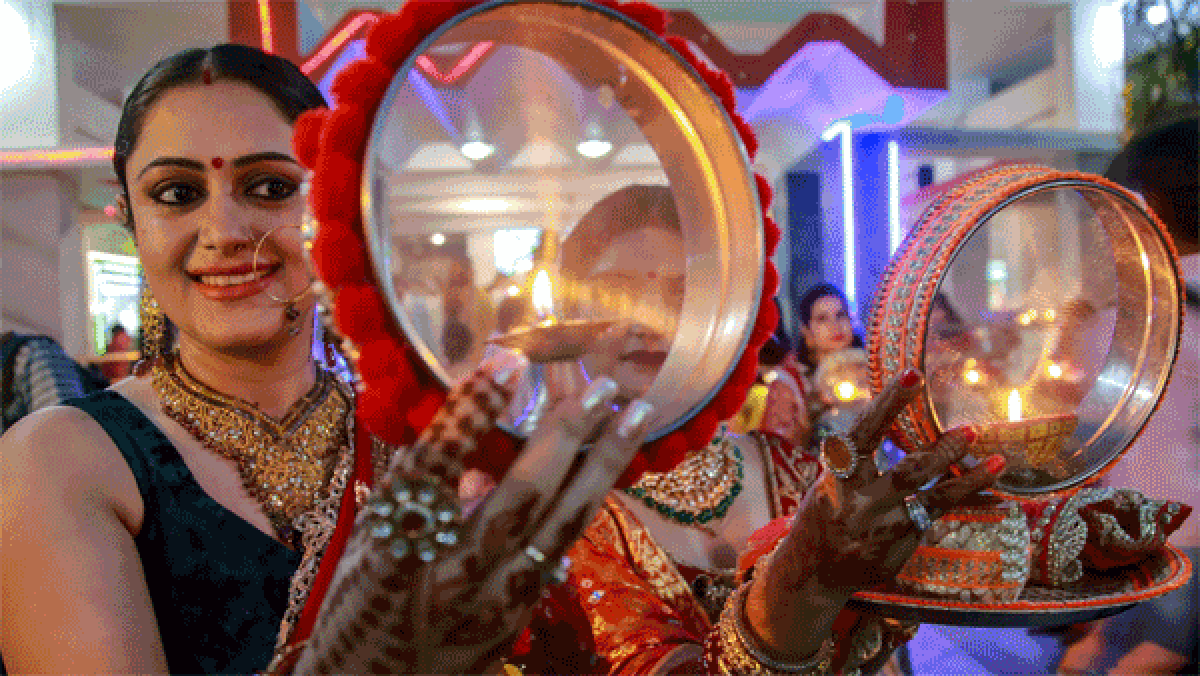Karwa Chauth Vrat
Q11. What is the significance of the sargi meal in Karwa Chauth Vrat ?
Ans. The sargi meal is significant as it provides energy and sustenance for women observing the fast. It’s traditionally prepared by the mother-in-law and symbolizes love and blessings for the daughter-in-law.
Q12. How can I manage my energy levels during the fast on Karwa Chauth ?
Ans. To manage energy levels, choose high-energy foods for sargi, such as whole grains, nuts, and protein-rich items. Avoid excessive salt and spicy foods that may lead to dehydration.
Q13. What items should I include in my puja thali for Karwa Chauth ?
Ans. Your puja thali should include a diya (lamp), roli (sacred red powder), rice, sweets, fruits, a photo of your husband, and a silver or clay pot filled with water for the rituals.
Q14. Is it necessary to invite friends or family for the Karwa Chauth Vrat rituals ?
Ans. While not necessary, inviting friends or family can enhance the experience. Sharing stories and rituals together creates a supportive environment and strengthens bonds.
Q15. What should I do if I’m unable to complete the fast on Karwa Chauth ?
Ans. If you cannot complete the fast due to health reasons, you can still participate in the puja rituals and express your love and prayers for your husband. It’s important to prioritize your health above all.
